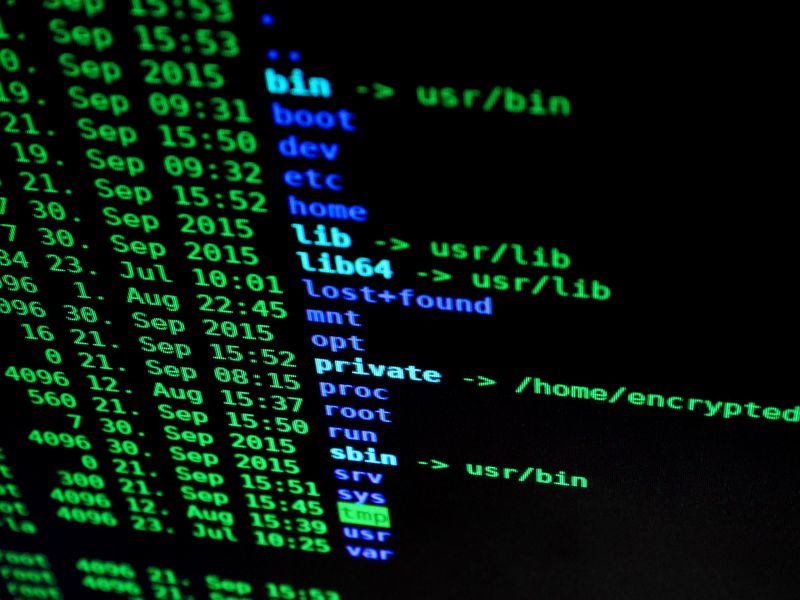PlainID Survey Reveals Gaps in Zero Trust Programs, Highlighting the Importance of Authorization
Introduction
In a recent survey conducted by PlainID, a leading authorization company, it was found that while a majority of organizations are on the path to implementing a zero trust framework, many fail to prioritize authorization as a crucial component of their security strategy. The survey, which questioned 200 CISOs and CIOs, sheds light on the deficiencies in current zero trust programs and the potential risks organizations face.
The Importance of Authorization in Zero Trust
Historically, zero trust frameworks have focused on solving challenges related to authentication, endpoint security, and network access. However, with the exponential increase in identity-related breaches, there is a growing need to prioritize authorization and access control. Authorization encompasses a wide range of capabilities, including policy management, governance, control, and enforcement, which are essential for ensuring a secure digital end-user experience.
The survey revealed that only 50% of organizations considered authorization as part of their zero trust program. This lack of emphasis on authorization exposes infrastructure to potential threats. Additionally, the survey highlighted that only 31% of respondents had sufficient visibility and control over authorization policies, while 45% cited a lack of technical resources as a challenge in optimizing enterprise authorization and access control.
The Risks of Building Homegrown Solutions
In response to the survey, 41% of respondents revealed that they used homegrown solutions, specifically Open Policy Agent (OPA)-based and fully custom solutions, for authorizing identities. While building one’s own solution may initially appear cost-effective, it can result in gaps within the overall security posture if not developed, deployed, and maintained properly. This can lead to higher operational costs and an increased enterprise risk over time.
The evolving threat landscape and the persistent nature of security threats require organizations to adopt next-generation enterprise authorization solutions. Legacy homegrown authorization engines are often insufficient to meet the demands of risk-based authorization and identity-aware security. As businesses strive to keep pace with digital initiatives while ensuring the highest levels of security and user experience, it is crucial to invest in comprehensive and robust authorization frameworks.
The Constantly Evolving Security Threats
Implementing an end-to-end zero trust architecture requires addressing every possible threat vector. While authentication and network access security are important components, the next frontier lies in the post-authentication phase and the broader borders of network access security. Next-generation authorization solutions can provide identity-aware security at every layer of an enterprise computing infrastructure, while also offering central policy visibility, manageability, and governance.
According to Oren Ohayon Harel, CEO and co-founder of PlainID, “Zero trust must treat all identities as potential threats. While zero trust boosts higher levels of confidence, it’s imperative to pair it with a comprehensive authorization framework.” Continuous evaluation and validation across all tech stack interactions are necessary to mitigate the potential impacts of data breaches.
Conclusion and Recommendations
The PlainID survey underscores the importance of prioritizing authorization in zero trust programs. Organizations should recognize that authentication alone is not sufficient to ensure a robust security posture. Implementing a comprehensive authorization framework is vital for mitigating risks and ensuring a secure digital environment.
To address the deficiencies revealed in the survey, organizations should consider investing in next-generation enterprise authorization solutions rather than relying on homegrown solutions. Building a robust authorization framework requires technical expertise and a deep understanding of the evolving threat landscape. By opting for proven third-party solutions, organizations can minimize security gaps and enhance their overall risk posture.
Furthermore, organizations should allocate sufficient resources to ensure visibility and control over authorization policies. This includes investing in technical personnel with expertise in managing and maintaining authorization systems.
In conclusion, as the need for risk-based authorization and identity-aware security continues to rise, organizations must prioritize comprehensive and robust authorization frameworks. By doing so, they can ensure the highest levels of security, protect customer and partner trust, and minimize the risk of data breaches in an ever-evolving threat landscape.

<< photo by Sigmund >>
The image is for illustrative purposes only and does not depict the actual situation.
You might want to read !
- Why the Overwhelming Complexity of Computer Security Advice is Undermining User Protection
- Exploring the Threat Landscape: HR-Related Emails Dominate as Top Malicious Subjects
- The Vulnerability of ChatGPT and Other Generative AI Apps: A Breeding Ground for Compromise and Manipulation
- Canine Camouflage: Unleashing the Power of Persistence in Decoy Dogs




